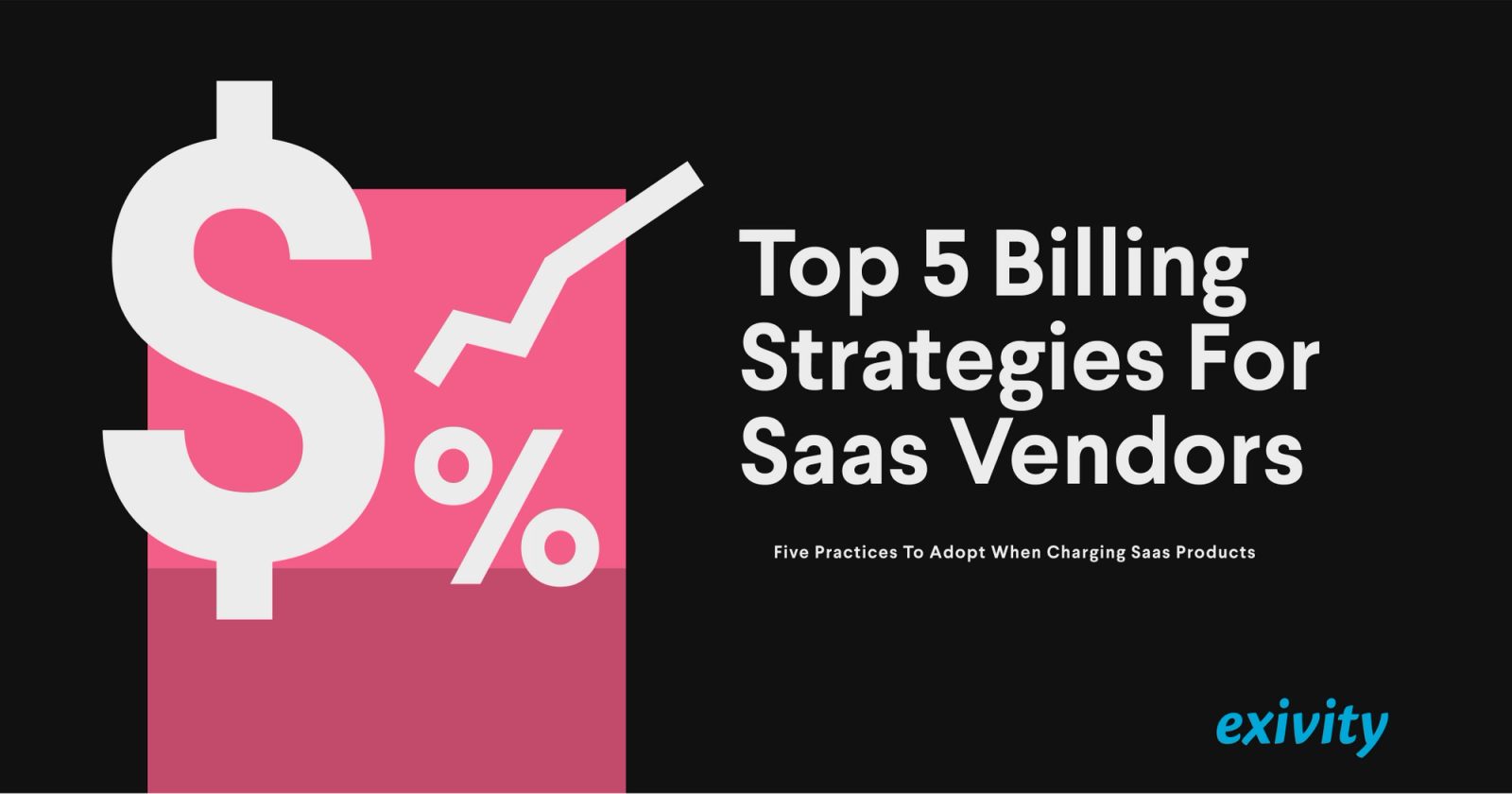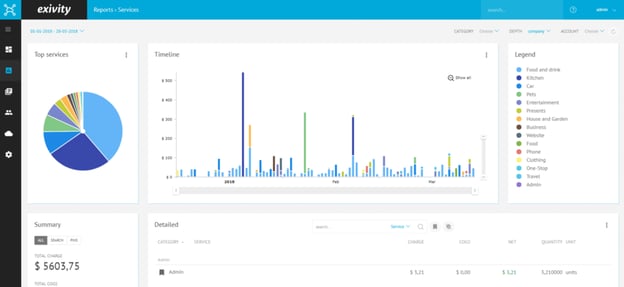5 Best Practices for Optimizing Your SaaS Pricing Strategy
When it comes to pricing your SaaS products, finding the right strategy is crucial for both customer satisfaction and business growth. Here are five recommended practices to help you develop an effective pricing strategy:
1. Reward Customers with Bulk Discounts
Your customers have unique needs and scenarios, so offering flexible and diverse pricing plans is essential. A great way to achieve this is by implementing tiered pricing and volume-based rating plans.
For instance, instead of charging a flat rate per gigabyte of disk storage, consider a model where discounts are automatically applied as consumption increases. This tiered approach offers a pricing structure that becomes more attractive as customers use more of your service, making it appealing to a broader audience.
With an advanced tiered pricing engine, you’re not limited to offering discounts on a single metric. You can get creative by applying discounts based on multiple factors, such as the number of users plus the bandwidth utilized. This flexibility allows you to cater to a wide range of customer needs.
2. Utilize Charging Intervals to Suit Different Scenarios
SaaS services can be billed in various ways depending on the nature of the service and customer preferences. While some services might be best charged per usage instance, others might be better suited to daily or monthly billing.
A powerful charging engine simplifies the process of selecting the right billing model for your SaaS offerings. For example, monthly charges can be calculated based on:
- Peak Usage: Billing based on the highest usage day within the month.
- Average Usage: Charging according to the average daily consumption throughout the month.
- Specific Day Usage: Billing based on the consumption on a particular day of the month.
- Last Day of the Month: Charging based on the usage on the month’s final day.
By aligning charging intervals with different scenarios, you can optimize billing to meet customer expectations and operational needs.
3. Incorporate Seasonal Discounts
Seasonal discounts and promotions, such as offering the first month free, can significantly boost customer acquisition and loyalty. However, manually managing these discounts can quickly become cumbersome and time-consuming.
An automated billing platform streamlines this process, allowing you to easily add and manage seasonal discounts, promotions, and free trials. By reducing manual effort, you can focus more on strategic initiatives that drive growth.
4. Opt for Granular Reporting to Predict Change
For SaaS businesses, predictable revenue streams are vital, but achieving this requires robust monitoring and forecasting practices. Recurring billing, sales recognition, and subscription renewals can present challenges in maximizing revenue potential.
A comprehensive billing management system should offer granular reporting on resource consumption. The ability to drill down into multiple attribute levels (e.g., Customer > Service ID > Service Instance), filter data at each level, and visualize it graphically is essential. This capability helps you anticipate changes and make informed decisions.

5. Simplify the Billing Process
A streamlined billing process enhances the customer experience and ensures timely payments. Consider offering your customers the ability to customize billing details, add additional data to invoices, and automate the generation and sending of invoices.
Simplifying the billing process not only improves customer satisfaction but also supports long-term business growth by making it easier for customers to manage their payments.
Transform Your SaaS Billing with Exivity
As SaaS companies increasingly adopt automated billing processes to drive growth and efficiency, Exivity offers a vast array of features to enhance your SaaS business. If you’re ready to exceed your customers’ expectations and streamline your billing, contact us now for a free demo.
SaaS companies are transforming their billing processes to automated ones that facilitate growth, and save time and resources. With Exivity you can enhance your SaaS business with a vast array of features, including those discussed in this article. If you are ready to exceed your customer’s expectations, contact us now for a free-of-charge demo.



